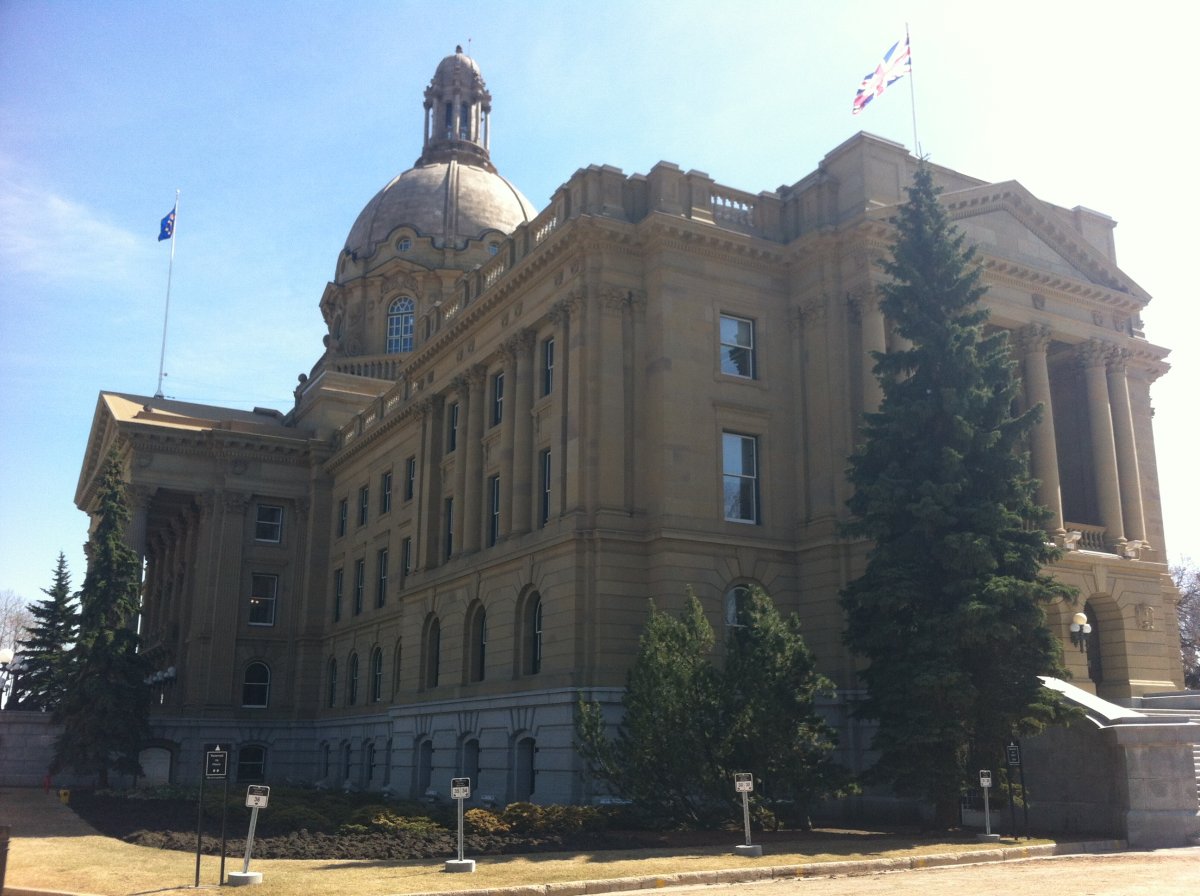EDMONTON – While the recent four provincial byelections highlighted a crippling split on Alberta’s centre-left, party leaders say that rift won’t be healing anytime soon.

NDP Leader Rachel Notley and the Liberals’ Raj Sherman both say they have a growing base of support to make a breakthrough in the 2016 general election and will not be exploring a merger.
Notley said the party’s fortunes in recent polls and in fundraising are reflected in candidate Bob Turner’s second-place finish in Edmonton-Whitemud, a riding where the NDP has traditionally been off the radar.
“Whitemud is the most secure Tory seat in the province and they ran the (former) mayor (Stephen Mandel). And we went from running a distant fourth to a respectable second,” said Notley in an interview.
“If those results were projected across the city, we would be looking at a tremendously successful election in the city of Edmonton.”
Last week, Premier Jim Prentice and his Progressive Conservatives won all four byelections – three in Calgary and one in Edmonton.
The Tories came up the middle in two of them.
Education Minister Gordon Dirks won Calgary-Elbow with just 33 per cent of the vote. Alberta Party Leader Greg Clark was second and Wildrose candidate John Fletcher was third.
In Edmonton-Whitemud, Mandel, the health minister, won with 42 per cent of the vote.
Sherman’s party did not target one specific riding to win and finished well back in all of them.
READ MORE: Alberta byelections: Who won
But Sherman said the fact the Liberals have seats in Calgary and Edmonton, as compared with just Edmonton for the NDP, shows the Liberals are the only true pan-Alberta left-centre option.

Get daily National news
He said the Liberals have $230,000 in the bank and didn’t foolishly double-down on longshots in the byelections by spending big in four Tory strongholds.
And given the vote-splitting potential in ridings with Wildrose and the Tories, “There are opportunities that haven’t existed for the Liberals for a long time,” he said.
As for a merger, Sherman said, “That’s off the table.”
Pollster and political analyst Janet Brown said the centre-left, by working at cross purposes, continues to kneecap itself.
“Can we all now agree that vote-splitting is a thing,” said Brown in an interview. “Whenever they come close to electoral victory, that seems to be like a sign for them to splinter.
“They’re just like a dysfunctional family.”
Both Brown and political scientist Duane Bratt suggest the Liberals may solve the problem for everyone if they continue their descent into irrelevance.
The Liberals dropped from 16 seats and 29 per cent of the vote in the 2004 general election to nine seats and 26 per cent of the vote in 2008 to five seats and less than 10 per cent of the vote in 2012.
And they’re about to lose two seats more.
Calgary MLAs Darshan Kang and Kent Hehr will be running for the federal Liberals in the upcoming vote. When they go, only Sherman, Laurie Blakeman and David Swann will be left, putting the caucus behind the four sitting members of the NDP.
Recent polls now show the NDP matching or surpassing the Liberals in popularity.
Rather than run everywhere and lose, said Brown, the Liberals need to build on their traditional geographic base of support in Edmonton, such as the NDP have done in Edmonton.
“You guys have got to till your own garden,” she said.
Bratt, with Mount Royal University in Calgary, said the Liberals have ceased to gain new supporters and are coasting on the personal popularity of members like Hehr, Swann, and Blakeman.
“The bigger issue is wither the Liberal party,” said Bratt. “I’ve been calling it the ‘gradually disappearing’ party because its vote percentage and its caucus is getting smaller and smaller.
“They’re the party that I think is really in jeopardy.”
He said the party is not getting out the message on what it stands for.
“I’ve referred to it as five people wearing red shirts. It’s not really a party, whereas the NDP, you know what it stands for,” said Bratt.
Alberta Party strategist Stephen Carter rejects labels of left and right. With the exception of the NDP, he said, all parties have polices that span the political spectrum and are in a dogfight for the centre.
The Alberta Party has yet to elect a member to the legislature. However it ran 38 candidates in the 2012 campaign and have a leader with growing name recognition in Clark.
The byelections, while hailed as Tory victories, showed substantial erosion of support for the governing party, said Carter.
“There’s certainly some movement available in the next little while,” he said.
READ MORE: Alberta PCs sweep byelections; win all four seats
Carter said voters will be coming around to the Alberta Party because they are appealing to a new generation that isn’t a slave to ideologies and labels.
It’s a generation tapping into the broader vision and message of young progressive mayors like Naheed Nenshi in Calgary and Don Iveson in Edmonton.
The problem is getting notice for their ideas with no one in legislature, he said.
“We need to construct a model whereby we’re seen as an alternative,” said Carter.
“We weren’t able to construct a narrative (in the byelections) that the Alberta Party is in the race.
“We have to get better at engaging the media in this discussion.
“We will figure it out.”





Comments